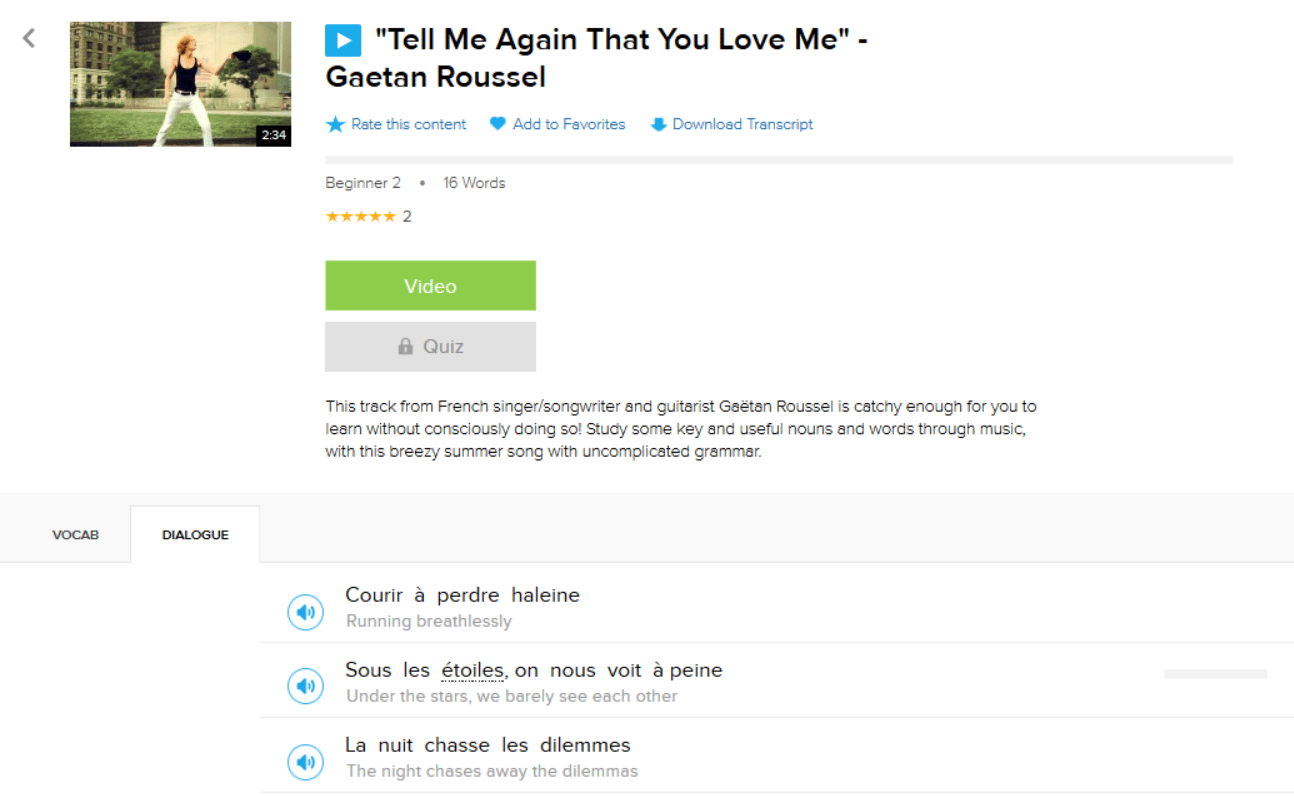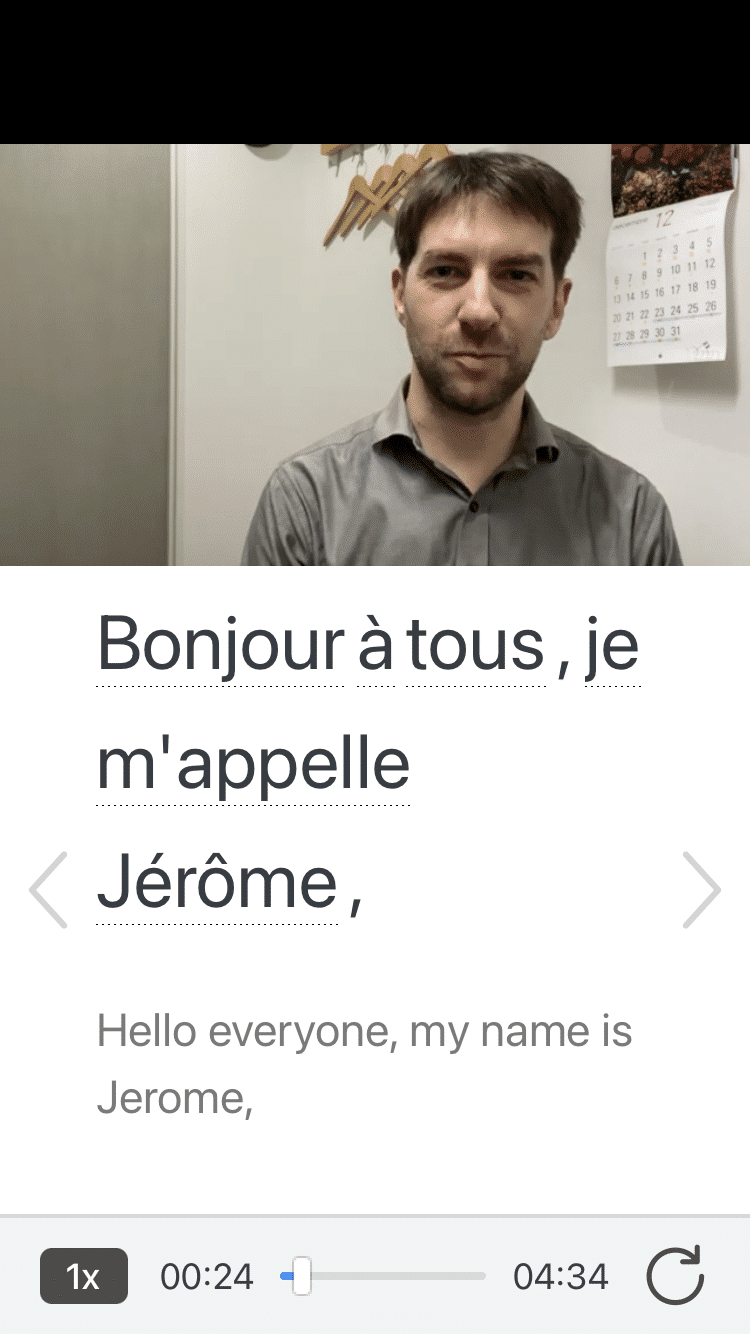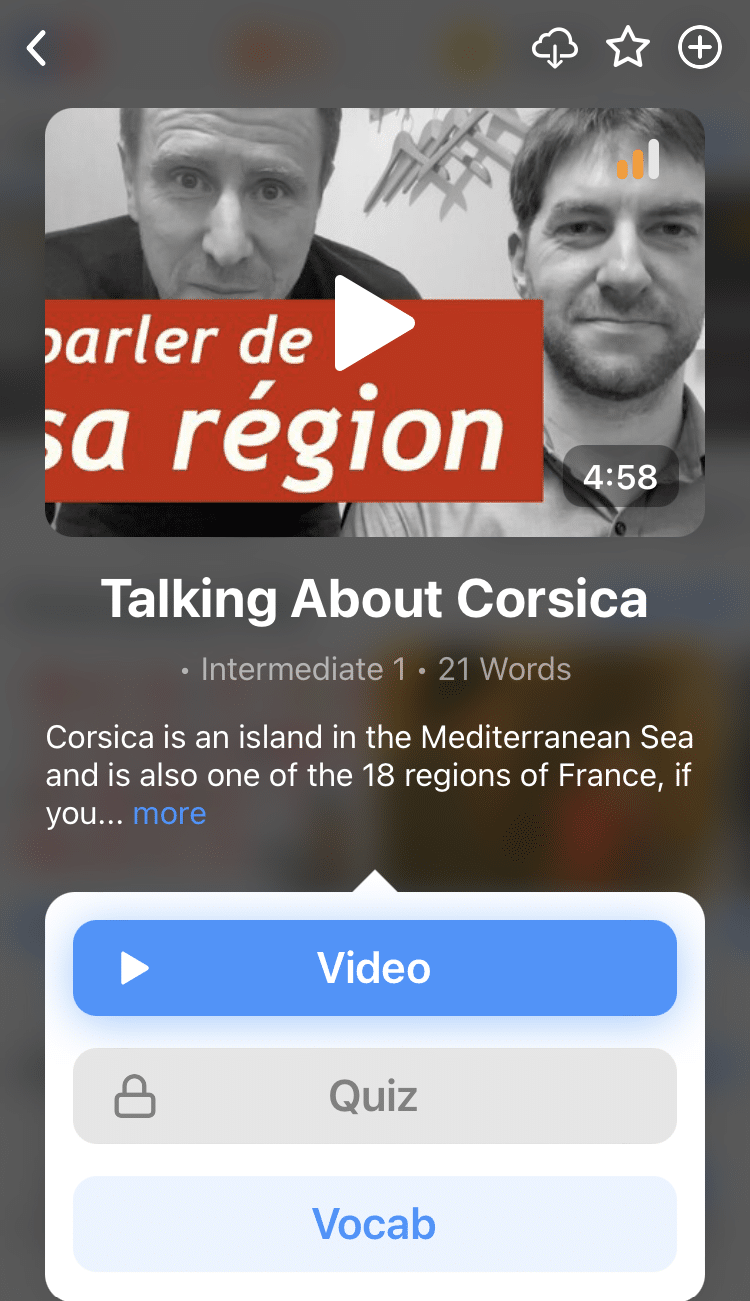Contents
- 1. To Pronounce Words, Start Learning French Sounds
- 2. Place Sounds Together to Create Words and Sentences
- 3. Get a Basic Understanding of French Grammar
- 4. Spend Time Every Day Reading French
- 5. Diversify Your Library
- 6. Read Abridged French Classics
- 7. Expand the Mediums You’re Reading
- 8. Make Reading a Social Activity
- And one more thing...
How to Read French: 8 Handy Tips

With English under your belt, you’ve already got a strong foundation for learning to read in French. Some words will be easily recognizable, which will make understanding the subject of what you’re reading easy at first.
But there are some key things you must do in order to read French well and to eventually be able to read just as well in French as you do in English. Here are my top eight pointers for learning how to read French.
Download: This blog post is available as a convenient and portable PDF that you can take anywhere. Click here to get a copy. (Download)
1. To Pronounce Words, Start Learning French Sounds
Reading in French is like a test run to pronouncing French words correctly, so understanding how individual sounds work in French will help you read the words accurately straight from the get-go.
IElanguages.com has a French language tutorial that offers an overview of French pronunciation intended for English speakers, along with lots of audio so you can familiarize yourself with the way words and sentences sound.
Take some time to get familiar with the phonetics of French, listening to native pronunciation and speaking them aloud yourself.
When you feel comfortable, you can practice by reading some sentences from the newspaper out loud (even if you don’t understand them yet). Make notes on the page if there’s a sound that confuses you—then look it up after.
Find out what techniques help you remember the nuances (for there are many in French!) and implement them as you learn. Will rewriting the sounds with IPA symbols solidify them in your brain? Or would it be better to watch YouTube videos to hear native speakers use the sounds?
Consider making notes on objects around your house with their French words, and make yourself pronounce the words out loud as you hang around at home. Recording your voice could also help you compare it to the correct pronunciation and evaluate how well you’re understanding everything.
Your Easy Guide to French Pronunciation | FluentU French Blog
If French pronunciation has you stumped, this post will help you nail that native French accent. Learn the most important French pronunciation rules, like what to do with…
2. Place Sounds Together to Create Words and Sentences
After you’ve gotten a grasp on how singular consonants and sounds are pronounced, it’s a matter of placing them together and getting into the habit of hearing them combined to create different words.
This is where a French dictionary or a site like WordReference comes in handy!
Just like in English, sounds change depending on how they’re organized in a sentence—just think of all our silent letters and strange pronunciations that depend on the order of letters and words.
Once you learn some vocabulary, test your reading skills by trying to pronounce them on your own first and then checking your attempt against a native pronunciation. Forvo is a great resource for doing this.
3. Get a Basic Understanding of French Grammar
It’s implied that learning how to read and understand French means you must have a general understanding of French grammar. That helps you get a handle on how words fit together to create well-structured sentences.
To read in French successfully, you’ll need to be able to read long strings of words. But first, you can start with basic French sentences and structures, which will most likely include the present tense and the most common French verbs.
Next, you can work on understanding how French sentence structure works. Though both English and French are Subject-Verb-Object languages, elements like adjectives and pronouns are placed differently. Questions are also organized differently in French.
There are myriad books and online resources for getting a handle on French grammar, verb conjugation and sentence structure, including “English Grammar for Students of French,” “501 French Verbs,” Tex’s French Grammar, BBC French and more. Many websites offer free quizzes and games as you learn, too.
4. Spend Time Every Day Reading French
Now that you’ve got the pronunciation and grammar down, it’s time to practice!
It’s crucial that you spend time every day reading in French—even if it’s just a little bit. Find space in your schedule to include reading an article on Le Monde or another online resource to get your practice in.
Evaluate what your day looks like, see where you can fit in a few minutes of French reading and make it a habit. As you infuse French reading into your daily routine, you’ll find yourself improving quickly and steadily.
5. Diversify Your Library
From young adult to literary to sci-fi to mysteries, there are so many genres and books to choose from in the French world.
Pack your shelves with beginner titles first—children’s books are a great place to start—and then hunt down some of the best French writers. Many newspapers and magazines have online lists suggesting some of the best French writers (see here and here), and even Amazon is a great spot to find titles similar to the ones you end up loving.
While you’re learning how to read French, you’ll also learn a lot about the fascinating and diverse French culture, which will only inspire you to keep learning. The greatest part about keeping a diverse bookshelf is engaging in the many different aspects that French culture has to offer.
12 Best French Books for Beginners | FluentU French Blog
French books for beginners can help you ease into reading and build your proficiency in the language. This post contains 12 of the best beginner French books, including…
6. Read Abridged French Classics
There are several versions of French classics that are published abridged, either for foreign learners just like you or for young French readers.
The former may have translations or definitions of outdated or difficult words, while the latter will likely be written in a slightly more timeless style. This will allow you to use the vocabulary you know instead of wondering what a redingote (riding jacket) or a carrosse (horse-drawn carriage) might be.
There are several different companies publishing abridged classics, but one of the best is undoubtedly Livre de Poche Jeunesse. These are the versions that are read by French students, so they’re the perfect blend of ease and authenticity. Try some of the following to get you started:
- “Les Misérables,” Victor Hugo
- “Notre Dame de Paris,” Victor Hugo
- “Le Tour du monde en 80 jours,” Jules Verne
- “Le Comte de Monte Cristo,” Alexandre Dumas
When reading these books, play close attention to sentence structure. The stories have been abridged for readers like you, so if you see a structure that looks unfamiliar, jot it down and ask a teacher or French-speaking friend for an explanation. Understanding simpler sentence structure in abridged versions of these books will help you move more quickly to unabridged classics.
7. Expand the Mediums You’re Reading
Reading in French should be just as enjoyable as your leisure reading in English. If you enjoy French novels, stock your shelves with some in a genre you like. Or, get a stack of French magazines for easy, fun reading.
You can also consider French comic books, which have pictures that make reading more fun and easier to understand without constantly having to whip out your dictionary. To get the news and some French practice at the same time, select some French newspapers to read online or pick up locally.
Maybe you’re a fan of French poetry. That’s also a valuable tool for not only practicing your comprehension, but also testing your ability to think conceptually and recognize literary elements like metaphors and similes.
Of course, reading practice can come in all forms, not just that of conventional literature.
When you read tweets, recipes or even subtitles, you can see how French works in the real world, like on the program FluentU.
FluentU takes authentic videos—like music videos, movie trailers, news and inspiring talks—and turns them into personalized language learning lessons.
You can try FluentU for free for 2 weeks. Check out the website or download the iOS app or Android app.
P.S. Click here to take advantage of our current sale! (Expires at the end of this month.)
And if you ever find yourself growing uninterested in the style of reading you’re doing, try switching it up to something new!
8. Make Reading a Social Activity
Book clubs don’t only exist in the English-speaking world. Find some French locals and meet up regularly to talk about a book—or even just the news or an interesting feature in a magazine.
If you’re held accountable for what you read, you’ll find yourself working harder to truly comprehend, and in turn, you’ll inevitably learn more quickly.
If there isn’t anyone local, try an online book chat! Book Node is a great website for general discussion about books, news in the literary world and more.
From sounding out consonants to conquering Baudelaire, learning how to read French is a process that’s totally worth venturing into.
Use the plethora of resources available to you, and practice, practice, practice!
Download: This blog post is available as a convenient and portable PDF that you can take anywhere. Click here to get a copy. (Download)
And one more thing...
If you like learning French on your own time and from the comfort of your smart device, then I'd be remiss to not tell you about FluentU.
FluentU has a wide variety of great content, like interviews, documentary excerpts and web series, as you can see here:

FluentU brings native French videos with reach. With interactive captions, you can tap on any word to see an image, definition and useful examples.

For example, if you tap on the word "crois," you'll see this:

Practice and reinforce all the vocabulary you've learned in a given video with learn mode. Swipe left or right to see more examples for the word you’re learning, and play the mini-games found in our dynamic flashcards, like "fill in the blank."

All throughout, FluentU tracks the vocabulary that you’re learning and uses this information to give you a totally personalized experience. It gives you extra practice with difficult words—and reminds you when it’s time to review what you’ve learned.
Start using the FluentU website on your computer or tablet or, better yet, download the FluentU app from the iTunes or Google Play store. Click here to take advantage of our current sale! (Expires at the end of this month.)








